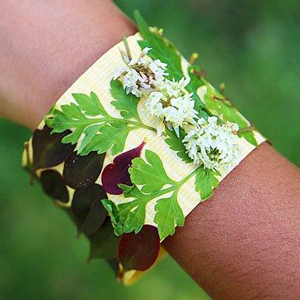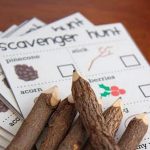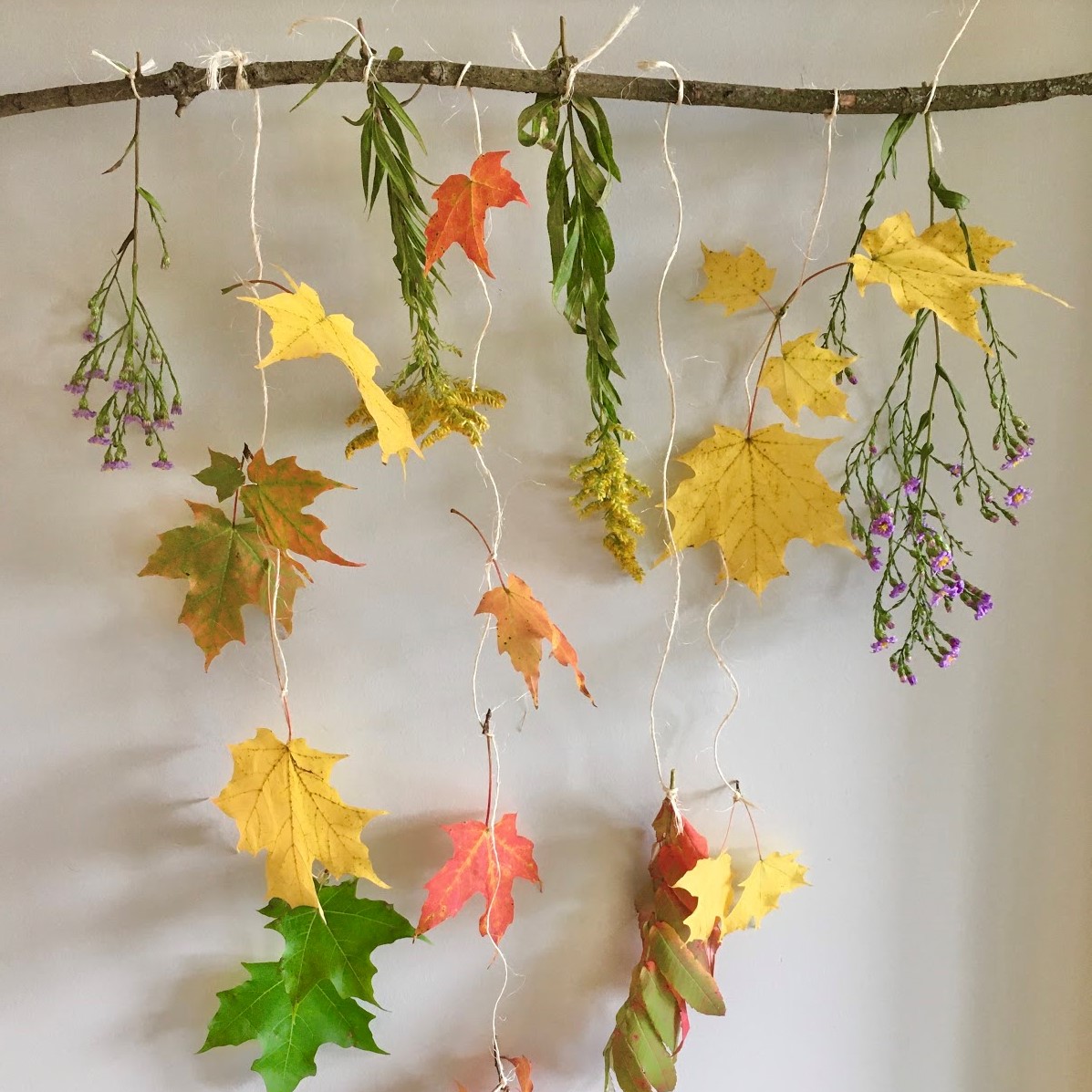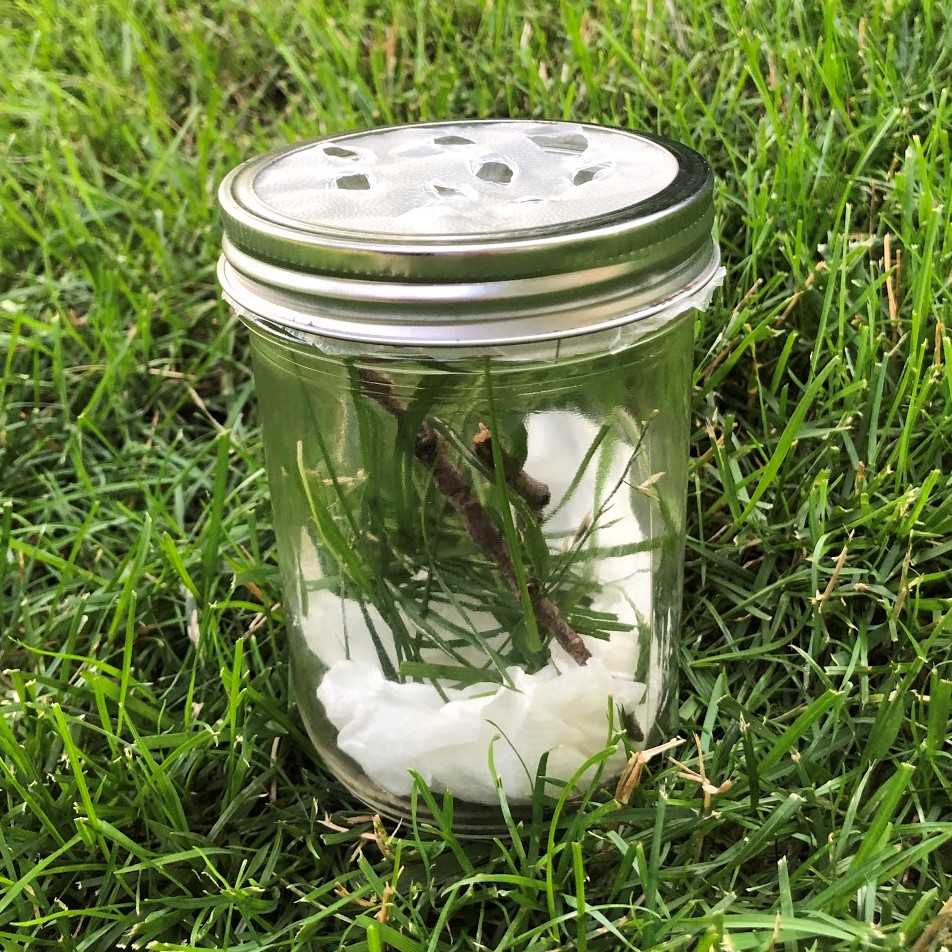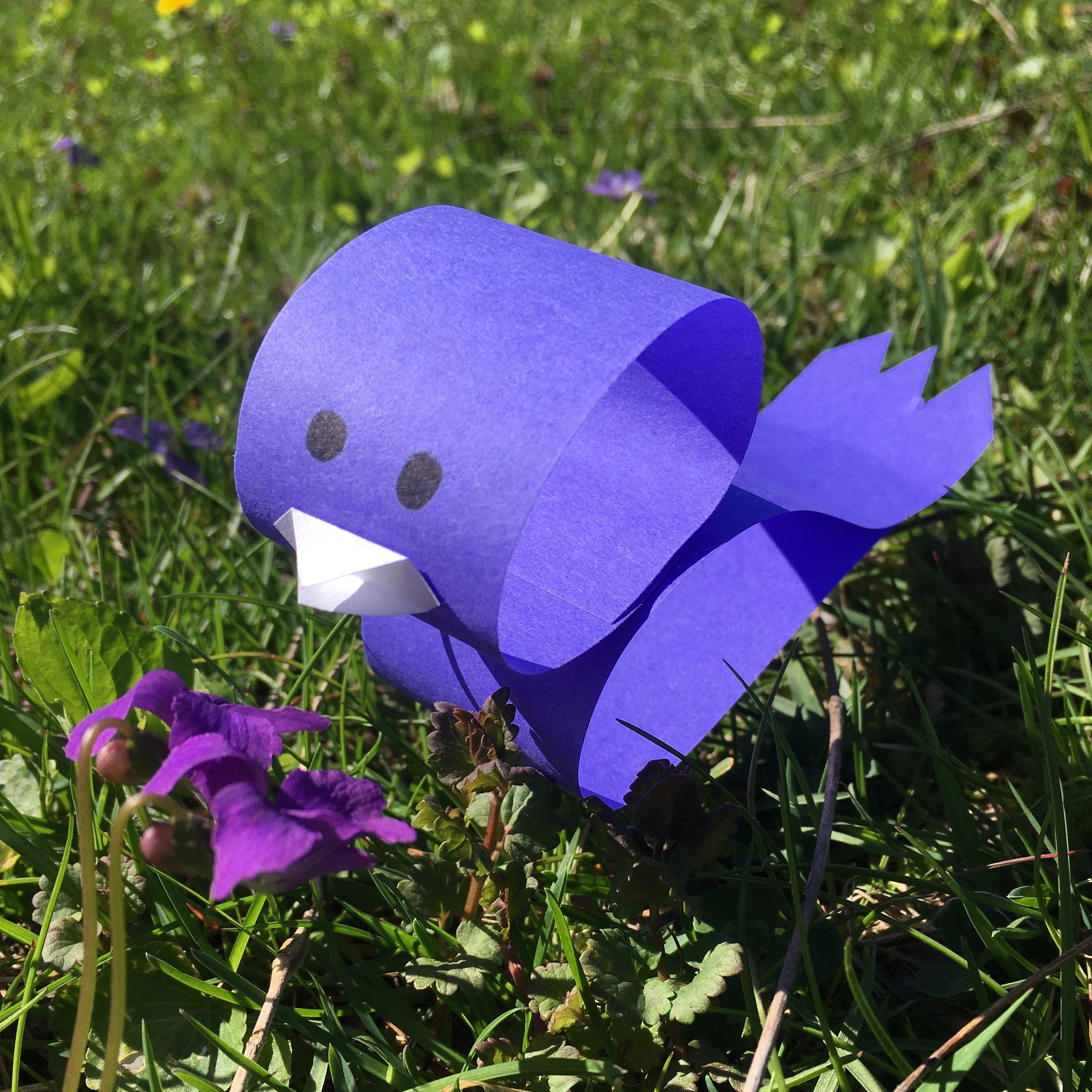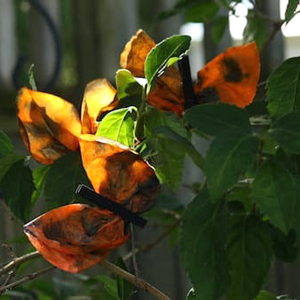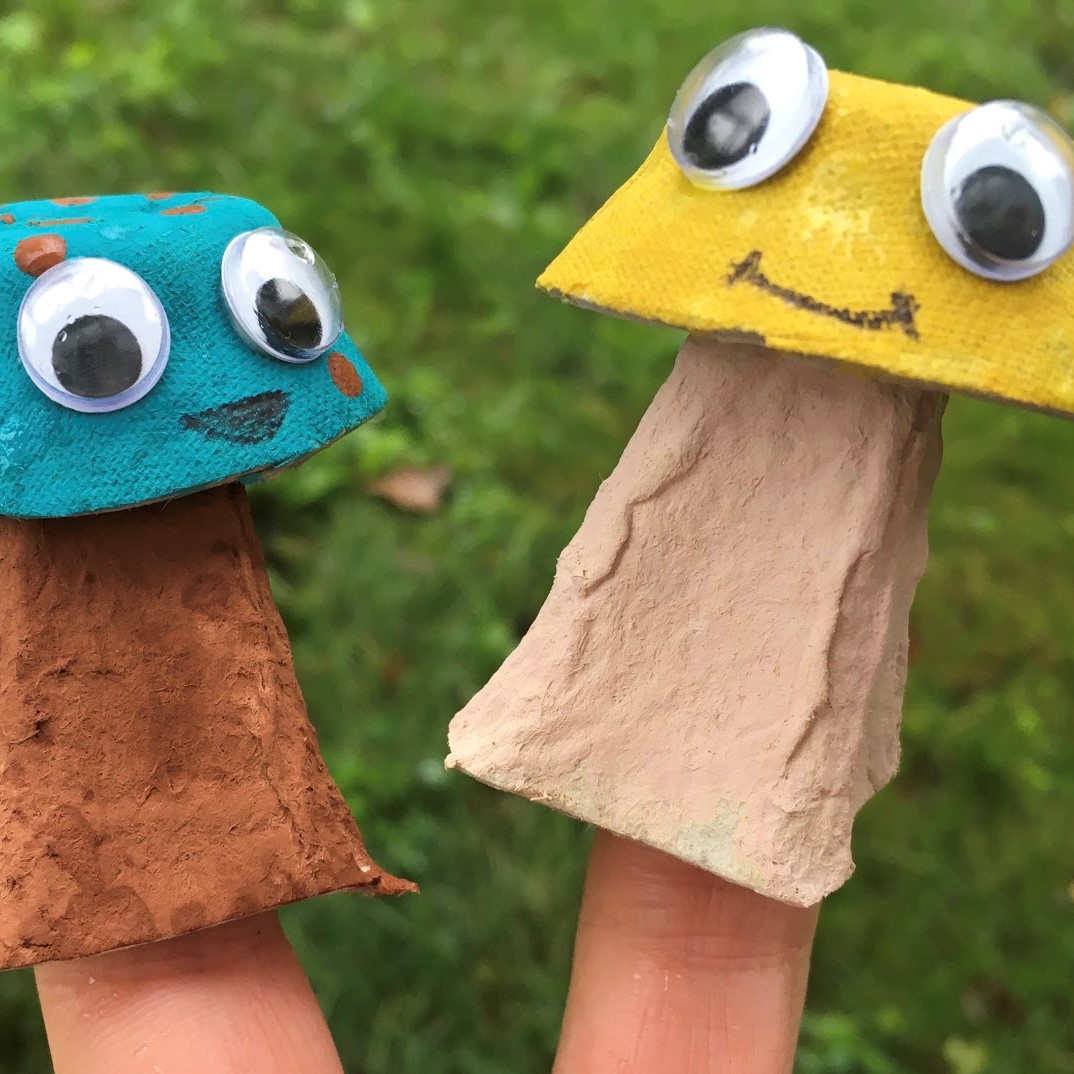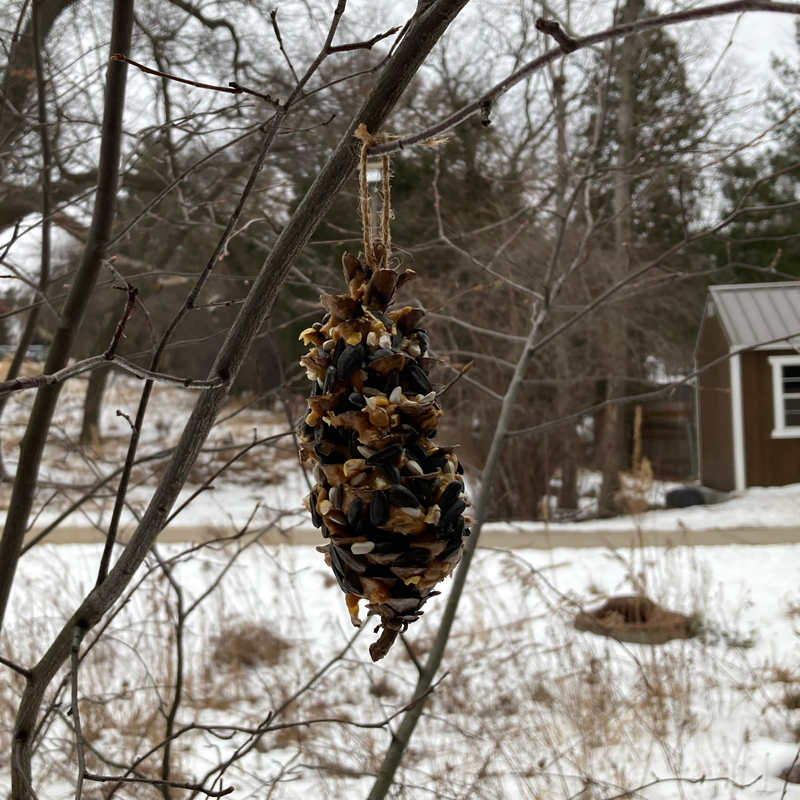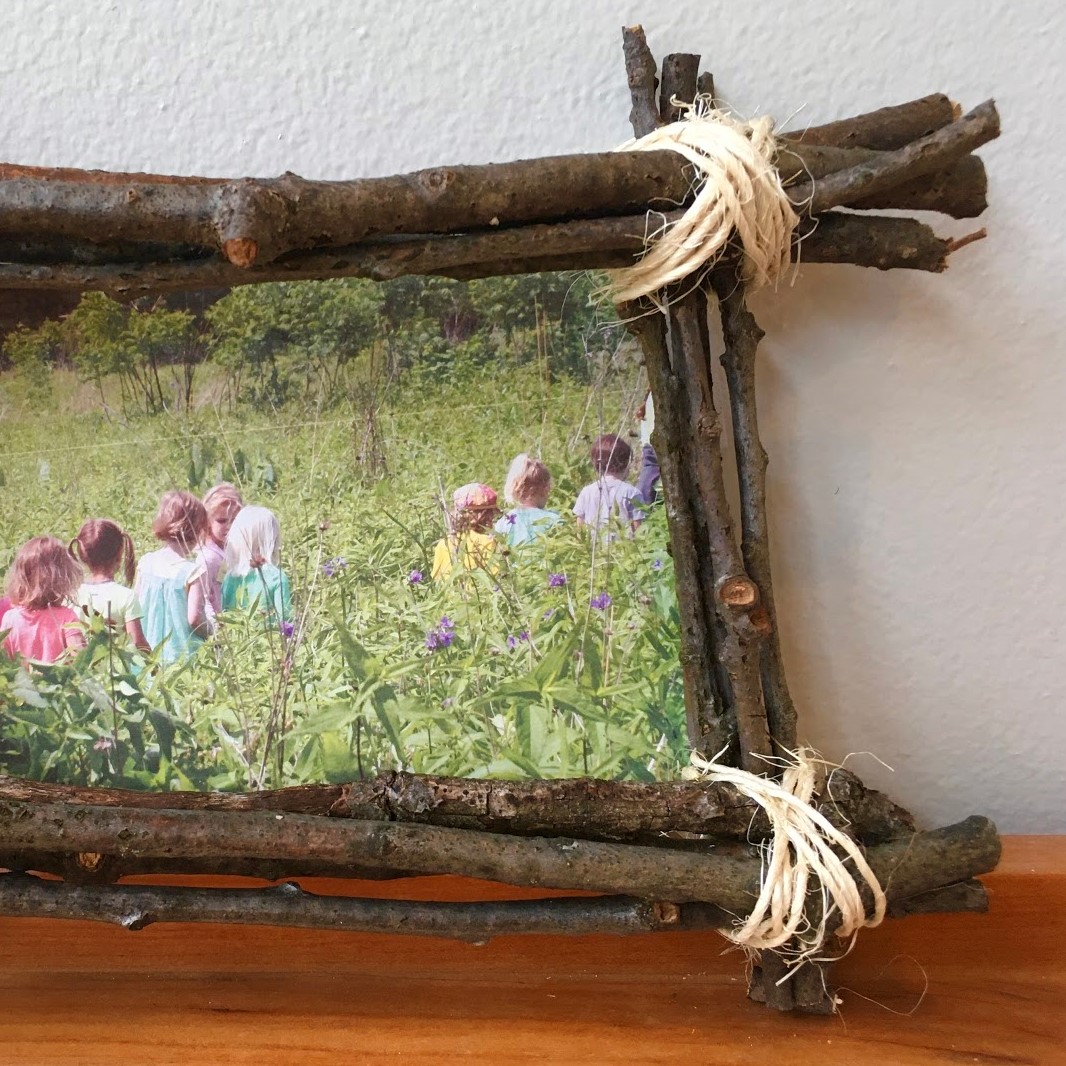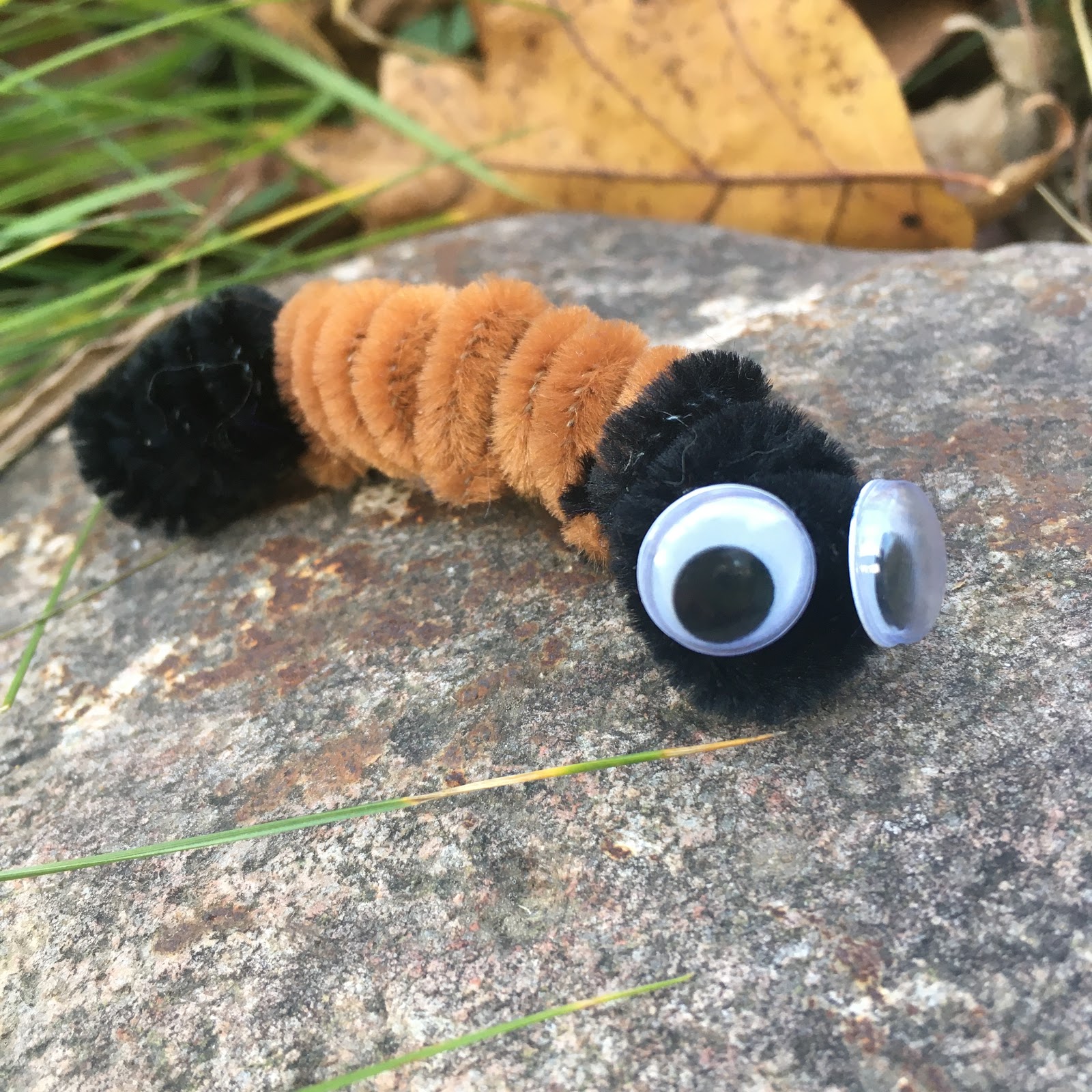Nature is all around us.
Nature is everywhere. It’s in our communities, in our neighborhood parks and in our backyards.
There are many benefits to connecting with the natural world, including physical, mental, emotional and academic. From boosting one’s immune system and improving physical health to reducing anxiety and improving one’s outlook on life, spending just a few minutes outside each day can have profound impacts on our well-being.
In addition to the trails at ALNC, most nature trails and all Wisconsin State Parks are open for hiking. Nature Net has a great COVID-19 resource page with the status of Nature Net member trails.
Below are activities you can do in your backyard or at a park in your neighborhood. Take these ideas for a walk around your neighborhood and share these activities with your family and friends.
Engage with Nature
- Create Art
Making art from natural items you find outside is a great way to connect to nature. Take a walk around your backyard or neighborhood and gather items for a nature bracelet or your own nature mandala. - Discover the Trees
From discovering the beginnings of buds to playing in fallen leaves, there are so many ways to explore and engage with trees! - Explore New Paths
Hiking is a great way to get outside, connect with nature, expend pent up energy and alleviate stress. In addition to the trails at ALNC, try out the trails at different Nature Net sites or visit a Wisconsin State Park. Want to stay closer to home? Try a Micro-Hike in your own backyard! Or maybe is just rained? Take a puddle walk. - Go Birding
Bird watching is a great way to connect with nature. You could start by making your own bird feeder from objects found around your home to attract birds to your yard. Create an indoor bird viewing station with soft seats or find a comfortable place outside…all you need is a great birding view. Write down your observations in your nature journal and use ID books or the Cornell Lab of Ornithology website to discover interesting facts about the species you see. - Look for Animal Tracks
Looking for animal tracks is a great way to engage with nature and discover interesting facts about the animals that left them. Mammals, birds, reptiles, amphibians, and invertebrates all leave tracks behind that we can find and track. - Play Games
Playing games outside – even board games – is a great way to connect children to the natural world. Take it a step further and go on a nature scavenger hunt, play a game of camouflage or even play Nature BINGO in your neighborhood or at ALNC… it doesn’t matter if it’s winter, spring, summer or fall. - Practice Phenology
Get inspired by Aldo Leopold! After making your very own nature journal (or designating a special book), take note of the animals, plants, insects and birds you see. Draw pictures and write down your observations in your book – this is called nature journaling. Don’t forget to add the location and the date! - Start a Garden
Planting seeds and watching them grow helps children connect with nature in a very hands on way. Start your own plants from leaf cuttings or plant seeds using toilet paper roll pots. - Use Your Senses
Spending time in nature helps us expand the use of our senses. Use your sense of sight to discover the shapes of things found in nature. Close your eyes and open your ears to discover the sounds all around. Keep your eyes closed, but this time use your nose to explore the scents in nature.
Visit gardeningmentor.com for more advice on growing your own garden, including information about plant propagation.
Participate with Citizen Science
- Snapshot Wisconsin
Help the Wisconsin DNR identify which species were captured in images by their trail cams. A great way to connect with native species and participate in science on a cold or rainy day!
Explore through Crafts & Activities
- Acorn Craft
In fall, squirrels prepare for winter by finding as much food – including acorns – as they can and then burying it for when it is too cold and snowy to find other things to eat. This is a very important ecological process because the squirrels will forget where some of the acorns are buried, and this allows new oak trees to grow. - Autumnal Equinox Mobile
Capture the splendor of autumn by creating a fall mobile. Use fallen leaves, late autumn blooms and other natural items you gather on your hike for this fun craft. - Bee Craft
Thanks to pollinators such as honeybees and bumble bees, millions of flowers are pollinated each year! Celebrate these magnificent pollinators with this simple and fun craft. - Cloud Craft
Did you know that out of all of the months of the year, April and May are the rainiest in Wisconsin? All the rain brings new growth and blooming flowers. There are all kinds of rain clouds. Nimbus Clouds are general rain clouds and often appear dark in the sky. The clouds that produce thunder and lightning are called Cumulonimbus Clouds; these are the ones that tower high into the sky and look big and puffy. No matter the weather, you can try your hand at this craft. - Fall Leaves
In fall, leaves stop producing chlorophyll, the pigment that makes leaves green and provides food for the tree. The change is triggered by a decrease in daylight and allows the other pigments in the leaf, such as carotenes and xanthophyll to show off their orange, yellow and brown colors. Reds come from anthocyanins, which are dependent on weather and are stronger when the days are sunny and warm and the nights are cold, but not freezing. Make your own fall leave to celebrate the season. - Flashing Fireflies
Did you know there are more than 2,000 species of firefly?!? Each one has its own unique flashing pattern, and some species don’t even glow! Fireflies are a bio-luminescent species, which means they can produce their own light. To get a closer look, we need to be respectful of them and provide a safe place. - Flower Petal Art
Summer is a colorful time in Wisconsin! On your next hike around your yard, neighborhood or local park… notice how many different colors you see in bloom. Use the different petals you find to make a butterfly or a rainbow or your very own design, showing off the variety of colors found in the summer landscape. - Jack-in-the-Pulpits
This woodland perennial, Arisaema triphyllum, blooms in Wisconsin in late spring. It has a large, cylindrical, hooded flower that resembles a “pulpit,” or podium, with a person, “Jack,” inside. Its coloring makes it tough to spot on the forest floor, but you can get to know this plant by making your very own model. - Leaf Critter
In Autumn, when the days get shorter and the temperature gets colder, leaves start to fall from trees. Fallen leaves provide great habitats for hibernating insects, nest material for birds and craft materials for projects! Make your own leaf critter from leaves you collect on the ground. - Migratory Birds
The second Saturday in May is World Migratory Bird Day! Celebrate the return of migratory birds to our area by making your very own bird craft in the likeness of your favorite feathered-friend. - Monarch Butterflies
The Monarch Butterfly migrates into Wisconsin in late spring and early summer. Sometimes large groups of Monarch butterflies can be seen roosting together along the Wisconsin River. Celebrate these migrating butterflies with this fun and simple craft. - Moon Rocks
Celebrate our Moon with this craft! Throughout the year, the moon is visible at different times due to the earth’s rotation and the moon’s revolution around the earth. A full moon rises in the evening and sets in the early morning. A waning moon rises before the sun and can be seen in the morning, while waxing moon often rises in the morning after the sun and is best visible in the afternoon. - Mushroom Craft
When the rain comes and the temperatures drop, conditions are right for mushrooms! You can find them popping up out of decaying organic matter, where they are doing the important work of making nutrients available to other living things. - Nature Art
Let nature inspire your next drawing! Gather items you find in nature on your next hike and draw, paint or sketch our own scene using the items you find. - Nature Cards
Get inspired by nature on your next hike with this craft and make a sweet note of appreciation for a family member or friend. - Painted Turtles
Upcycle your used egg cartons and celebrate the most wide-spread native turtle in North America with this fun painted turtle craft. - Paper Mice
Celebrate these incredible rodents and their ability to adapt to winter with this simple, yet engaging craft. - Pine Needle Paintbrush
In late autumn, pine trees and other evergreens prepare for winter. Unlike deciduous trees, most conifers keep their needles all year round. They have a thick, waxy coating, called a cuticle, on their needles that helps them retain water during cold, harsh winters. Make your own pine need paintbrush and explore the life of these incredible trees. - Pinecone Bird Feeder
There are endless possibilities when using pine cones for crafts but turning a pinecone into a bird feeder is a double win because you get to introduce birdwatching to your children as well. - Pinecone Ornaments
Pinecone crafts are a fun activity to do with your children because you get to go outside and collect pine cones on a hike and then be creative when you turn the pine cones into art! A cute and easy craft to make is the mini holiday tree pinecone ornament. Let your imagination take over and create other pinecone ornaments too! - Pinecone Woodchuck
One of the few true hibernators in Wisconsin, woodchucks spend the summer eating leaves, flowers, berries and insects to prepare for about six months of going without food. Make your own pinecone woodchuck to keep you company while the live ones are resting. - Resting Raccoons
When temperatures drop in fall, many animals prepare for winter and cold temperatures. Discover how raccoons survive the winter and construct this cute newspaper craft. - Sandhill Crane Kite
In late October and early November, sandhill cranes are preparing for the winter migration. Learn more about sandhill crane migration, their conservation success story and make your own crane kite. - Sunny Silphium
What do Cup Plants, Compass Plants and Prairie Rosinweed all have in common? They are all in the genus, Silphium, and they all blooming at Aldo Leopold Nature Center! Discover what Aldo Leopold wrote about these tall plants as you create this simple craft. - Summer Solstice Craft
Celebrate the longest day of the year by making your own sunshine! Use your hands to create a sunny keepsake for years to come. - Twig Picture Frame Craft
On your next hike, gather twigs and sticks that have fallen to the ground to craft this picture frame as a gift for you or someone else. - Waterscopes
There’s a lot happening in the water all the time! Check out the living things in your local waters by making an underwater viewing scope with materials you have around the house. - Woolly Bear Caterpillars
Easily recognized by their fuzzy-looking black and brown bands on their body, in Fall, the banded woolly bear caterpillar is on a mission to find a spot to spend the winter. Make your own woolly bear caterpillar and explore the lives of one of our favorite caterpillars. - Yarn Flowers
Many flowers continue blooming well into late August and September. Some flowers we look forward to seeing later in the season are Goldenrod, many kinds of Asters and native Field Thistle. Make your own flowers out of yarn to celebrate the late bloomers.
